1. The Desert Feeds the Jungle
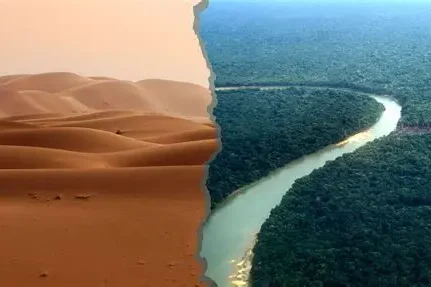
It sounds impossible, but the world’s largest desert helps sustain the world’s largest rainforest. Each year, winds sweep more than 180 million tons of dust from the Sahara across the Atlantic Ocean. When it finally settles over the Amazon, it delivers life-giving nutrients that the rainforest cannot create on its own. The driest region on Earth fuels the lushest, proving how opposite ecosystems depend on one another. The Sahara’s golden dust becomes the rainforest’s hidden lifeline, connecting two distant worlds in one extraordinary, natural cycle of survival and renewal that has lasted for countless generations.
2. A Dust Highway Across the Atlantic
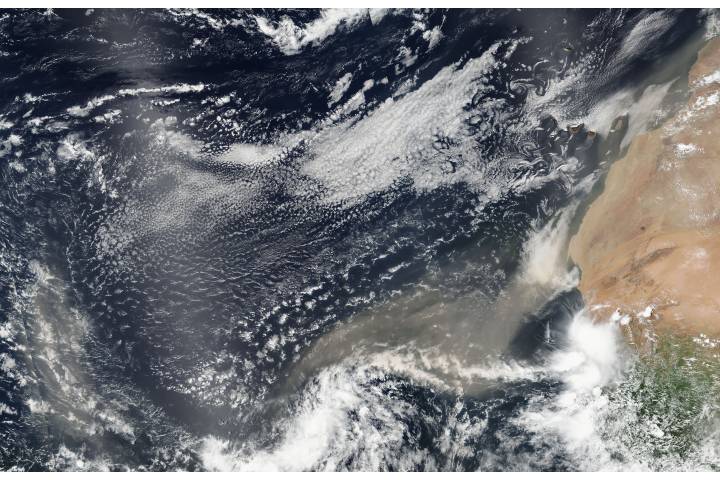
From space, you can see a ghostly trail stretching thousands of miles from Africa to South America. It isn’t smoke or fog but dust lifted from the Sahara by powerful trade winds. Scientists call it a dust highway, and it serves as the Amazon’s delivery route for essential minerals. Each summer, vast plumes drift westward, sprinkling the rainforest below with nutrients. The Atlantic Ocean becomes a bridge, not a barrier, carrying invisible gifts of life. Every grain of dust is a messenger of survival, connecting desert skies to rainforest soil across an entire ocean of difference.
3. The Bodele Depression: Dust’s Birthplace
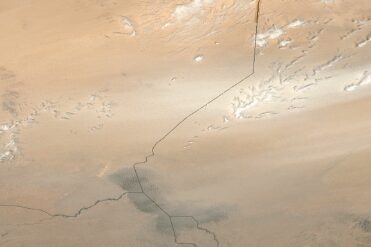
The Sahara’s nutrient-laden dust has a surprising origin. It comes mostly from the Bodele Depression in Chad, a dry lakebed filled with the remains of ancient fish and plants. Over time, these remains turned into phosphorus-rich sediment. When strong winds sweep the region, they lift the fine particles high into the sky, sending them across continents. This ancient lake, long vanished, continues to sustain life through its dust. Without the Bodele’s endless supply, the Amazon would struggle to stay fertile. Nature found a way to let a dead lake feed a living forest thousands of miles away.
4. Amazon Soils Are Surprisingly Poor

The Amazon may look like an endless paradise, but beneath its vibrant canopy lies nutrient-poor soil. Constant rainfall washes minerals deep underground where plants can no longer reach them. Without outside help, the forest would eventually lose its lushness. The Sahara’s dust steps in to replenish what’s lost, keeping the ecosystem in balance. It’s a natural exchange between two distant worlds that never meet. The desert gives what it doesn’t need, and the rainforest receives what it cannot make. This invisible partnership helps keep one of Earth’s greatest wonders alive and thriving year after year.
5. The Phosphorus Balancing Act
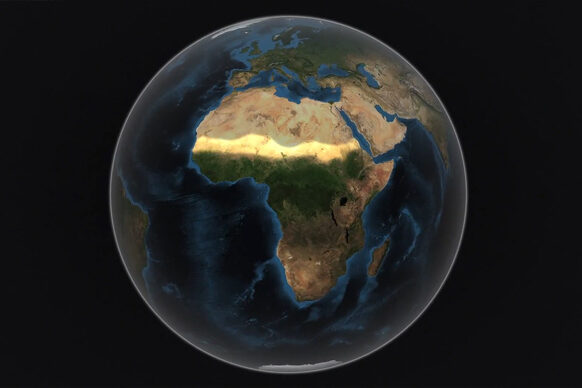
Nature operates with perfect precision. The Sahara sends about 22,000 tons of phosphorus to the Amazon each year, almost exactly matching the amount the rainforest loses through rain and erosion. This balance allows the forest to continue producing new growth without running out of nutrients. Each gust of wind from Africa restores what rain takes away in South America. It’s an astonishing exchange that keeps millions of trees alive. Without it, the Amazon’s soil would gradually weaken, proving that even the strongest ecosystems depend on the quiet generosity of distant, unseen partners across the world.
6. Dust Is More Than Dirt
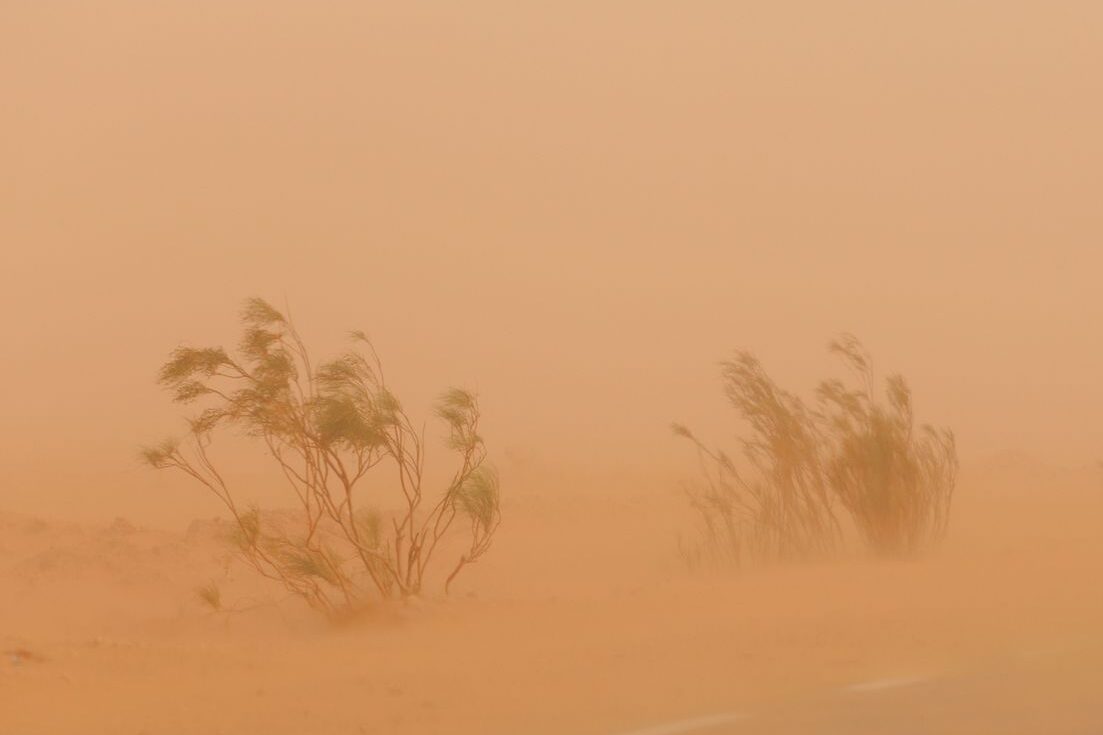
This desert dust is not simple sand. It carries phosphorus, iron, potassium, and countless other trace elements vital for life. Some of it nourishes the Atlantic Ocean along the way, feeding microscopic plankton that form the base of marine food chains. The rest travels farther west, landing in the Amazon where it fuels plant growth. The Sahara, in its silence, nourishes both the sea and the forest. These minerals bind two seemingly opposite worlds, revealing how even the smallest particles can play an enormous role in keeping Earth’s most complex ecosystems alive and flourishing.
7. The Atmosphere as Earth’s Shipping Lane

Every year, trade winds transform the sky into a moving highway. They lift Sahara dust miles into the atmosphere and carry it across the ocean for weeks before letting it settle over the Amazon. The air becomes Earth’s delivery route, moving nutrients where they’re needed most. Each journey of dust particles reminds us that the planet’s systems are deeply connected. What begins as a gust over sand dunes ends as a shower of life in distant rainforests. The sky, unseen yet powerful, unites continents in a cycle that has quietly nourished the world for millennia.
8. NASA’s Eye on the Dust

For centuries, we had no idea the Sahara and Amazon were connected. That changed when satellites began watching from above. NASA’s instruments captured breathtaking images of dust plumes drifting thousands of miles across the Atlantic, proving that the storms didn’t vanish into the sea but reached South America. Scientists now track this natural conveyor belt of nutrients each year, helping us understand how vital it is for the planet’s balance. Without this discovery, we might never have realized that the Sahara’s golden haze is the Amazon’s hidden thread of survival written across the skies.
9. Climate Coolant and Cloud Maker
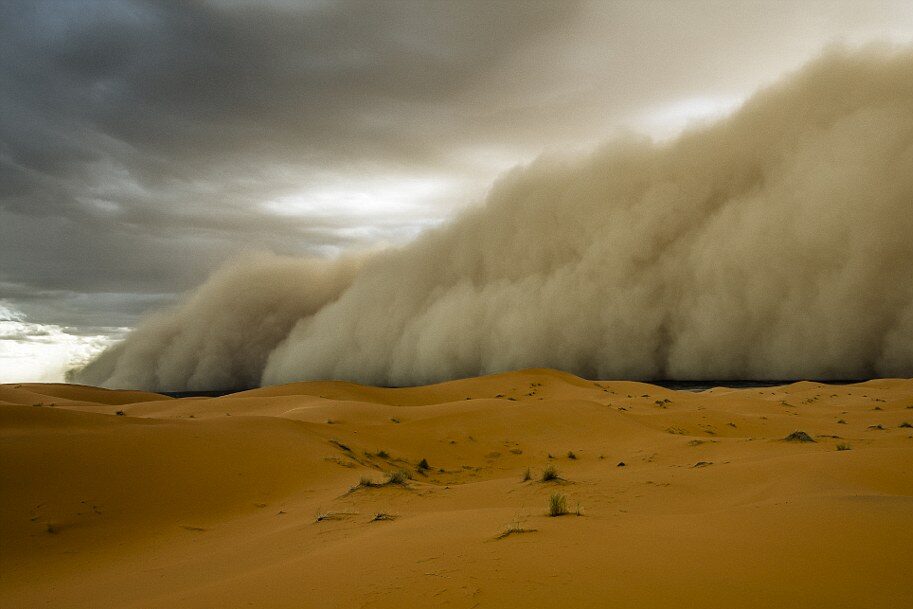
Saharan dust does more than feed the forest. The particles reflect sunlight, slightly cooling Earth’s surface, while also helping clouds form by giving moisture something to cling to. Over the Amazon, this means the dust doesn’t just bring nutrients; it helps control rain and temperature. It’s a system where wind, sky, and soil all work together. A desert thousands of miles away quietly helps regulate a rainforest’s climate. In this way, the Sahara not only nourishes the Amazon’s roots but also shapes the rhythm of its rains.
10. Too Much or Too Little
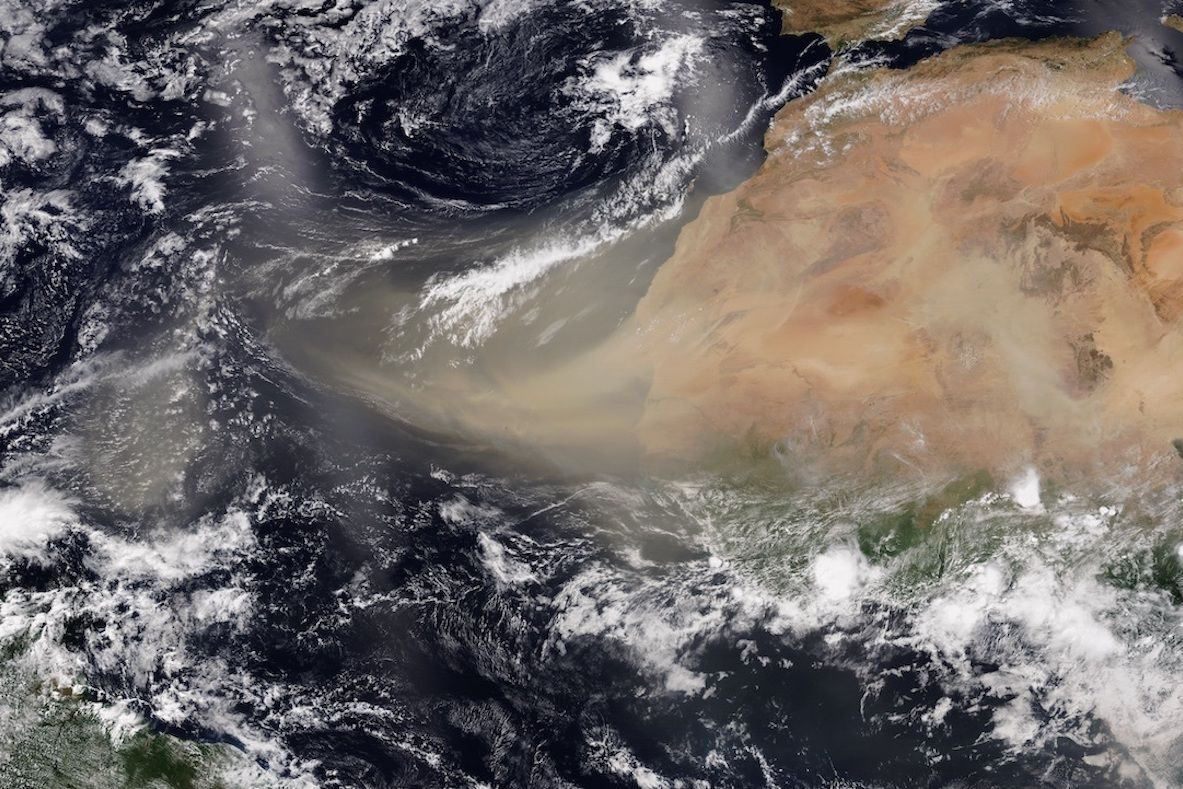
The dust cycle is delicate, relying on perfect balance. If global warming weakens trade winds, less dust reaches South America, starving the Amazon of its nutrients. But if storms intensify, plumes can grow so large that they block sunlight and affect air quality across oceans. The system only thrives when the flow is steady and moderate. Nature’s harmony depends on restraint as much as abundance. The Sahara’s gift must arrive gently, not in excess, to keep both desert and rainforest balanced within Earth’s fragile, interconnected web of life.
11. Humans in the Equation
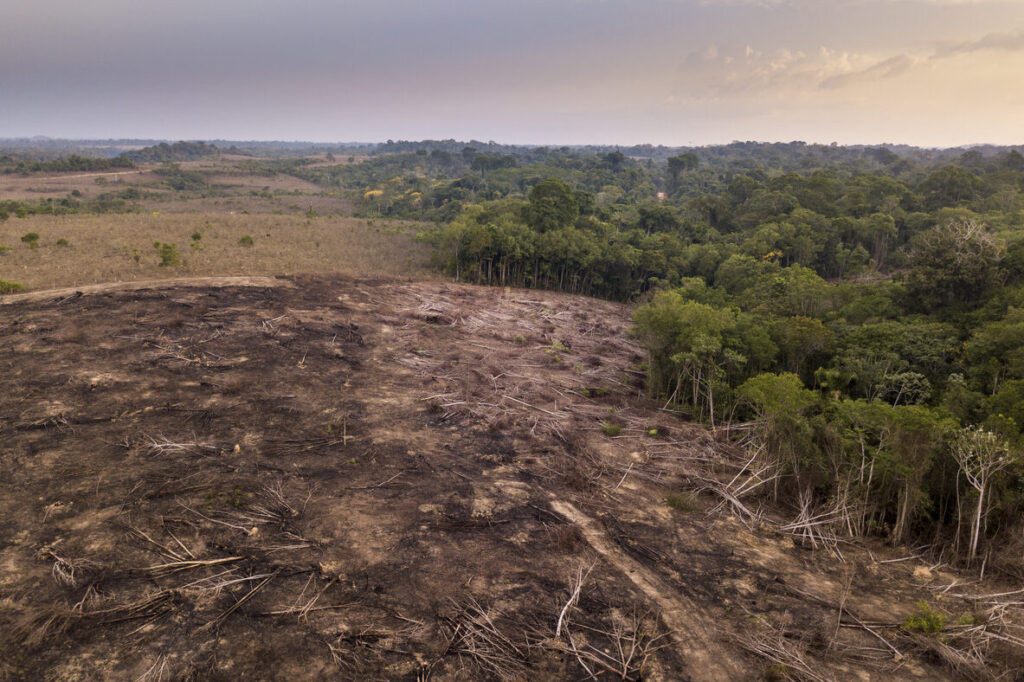
Our actions already shape this ancient link. Overgrazing, mining, and deforestation in Africa increase dust production, while logging and land clearing in the Amazon weaken the forest’s resilience. Both ends of the system are changing at once. The more we interfere, the more fragile this natural exchange becomes. The Sahara and the Amazon rely on each other, but human choices are tipping the scales. Protecting these ecosystems isn’t just environmental kindness; it’s essential for keeping the cycle that supports global life flowing steadily and safely.
12. Fish Bones to Forest Leaves
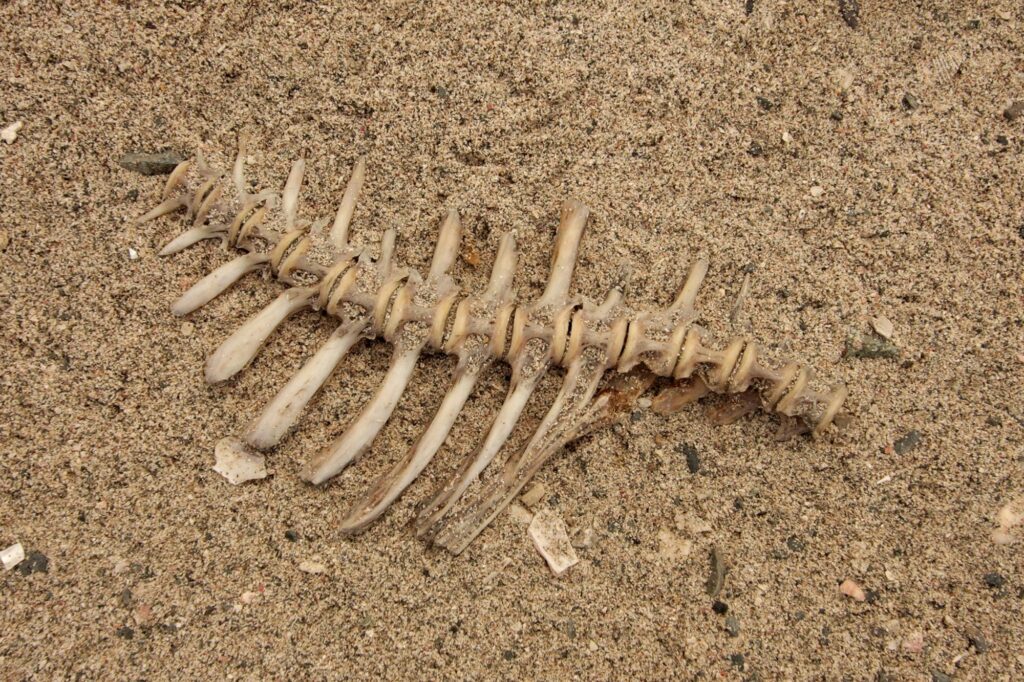
This story stretches through time in a poetic loop. Thousands of years ago, fish lived in an African lake where the Bodele Depression now lies. When they died, their remains sank and transformed into phosphorus-rich sediment. Winds later lifted that dust into the air and carried it across the Atlantic. When it fell upon the Amazon, the trees absorbed it, growing stronger and releasing oxygen. The breath we take today carries traces of that ancient exchange, showing how the past still quietly sustains life in the present.
13. An Ancient Cycle Revealed
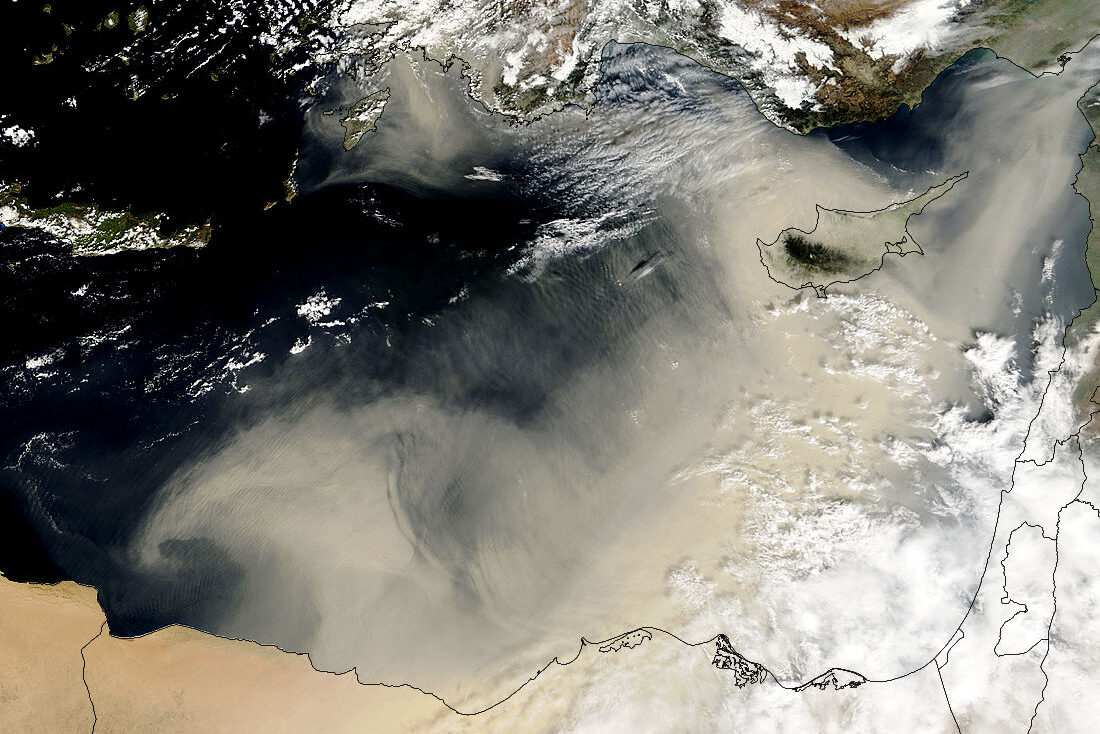
The partnership between the Sahara and the Amazon has existed for millions of years, long before humans began to study it. For most of that time, it was invisible, hidden in the wind and soil. Now, through science and satellite imagery, we can finally see what nature has always known. The planet’s ecosystems are not isolated but deeply intertwined. This cycle of dust and rain proves that survival is often a shared effort, and that balance, once established, is one of Earth’s most enduring and beautiful secrets.
14. Dust: A Lifeline and a Hazard

While Saharan dust sustains the Amazon, it also brings challenges elsewhere. Some years, the same particles that nourish the forest drift into the Caribbean, blanketing islands in haze and worsening air quality. What helps one ecosystem can harm another, especially for people with asthma or other respiratory issues. Yet this duality is part of nature’s design. The dust’s journey is not about perfection but balance across regions and seasons. It reminds us that life thrives through compromise, and that even something as small as dust can hold the power to give, to take, and to teach restraint for us all.
15. The Sahara and Amazon: Strange Bedfellows
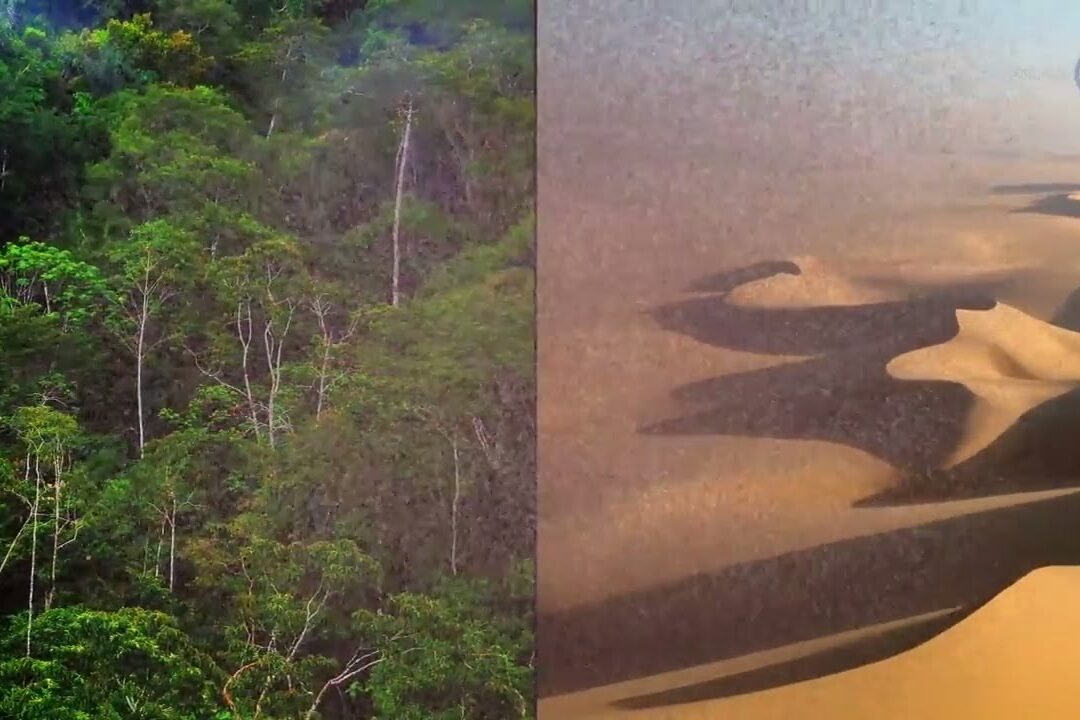
One burns under an endless sun while the other thrives in constant rain. Yet both depend on each other in ways few could imagine. The Sahara gives the Amazon nutrients that sustain life, and the rainforest helps regulate the planet’s carbon and climate. Their connection is proof that opposites can exist in harmony. Without the desert, the forest would weaken. Without the forest, the Earth would struggle to breathe. Together, they form one of nature’s most unlikely yet beautiful partnerships that keeps our planet balanced and alive.
So, the next time you picture the Sahara as endless sand dunes and the Amazon as endless greenery, remember: the two are bound together by invisible dust. The world’s greatest desert quietly sustains the world’s greatest forest, across thousands of miles. What looks like desolation is actually the Amazon’s lifeline. In Earth’s design, opposites aren’t just contrasts, they’re collaborators.
This story 15 Ways the Sahara Desert Helps Keep the Amazon Rainforest Alive was first published on Daily FETCH


